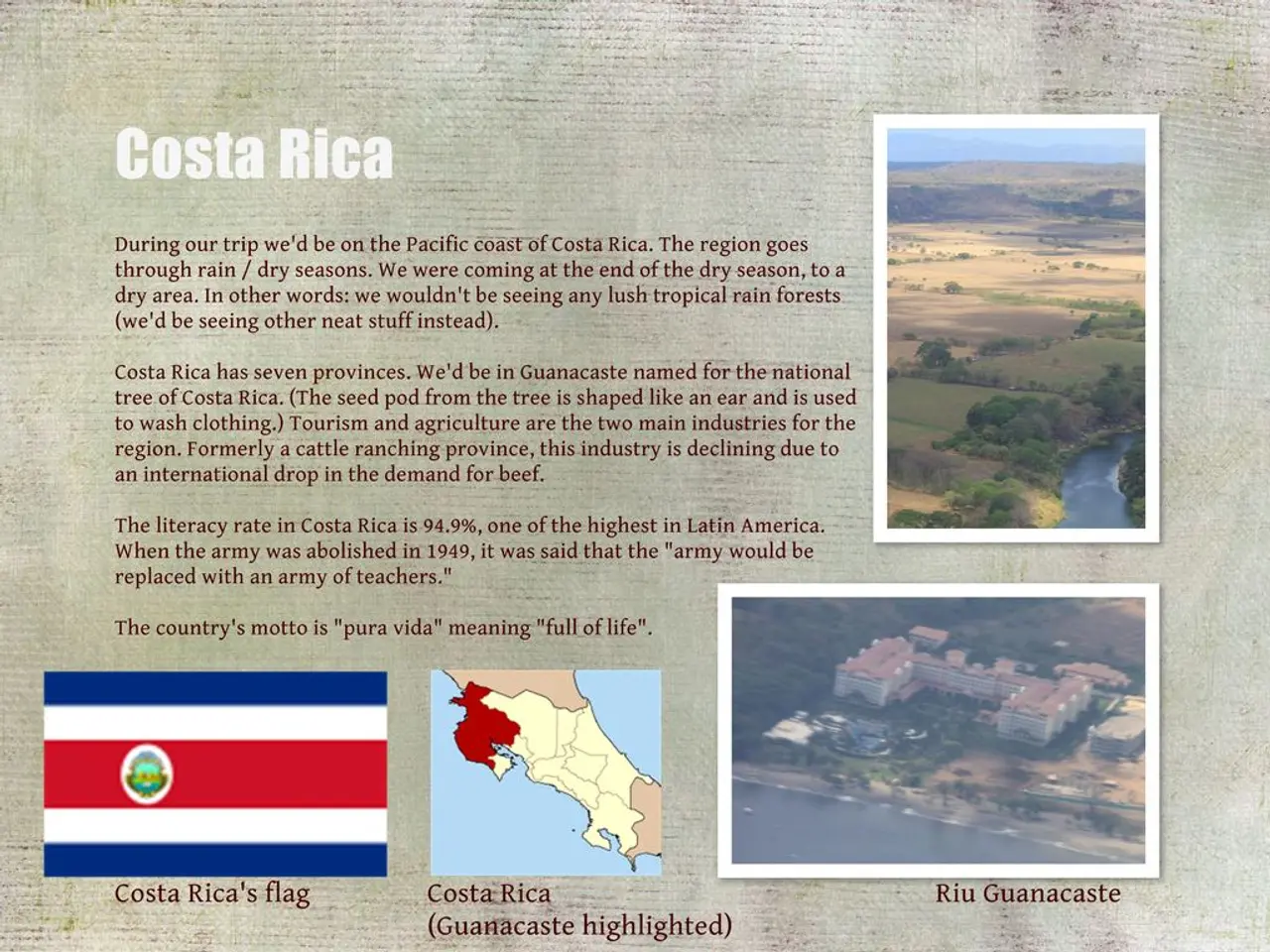Trump intends to enforce a Russia-related penalty on India, accompanied by a 25% tariff, as trade negotiations hit a standstill
In a significant shift in US-India trade relations, President Trump has announced a 25% tariff on all Indian imports, effective from August 1, 2025, marking a steep increase from the previously assumed 10%. This tariff escalation, coupled with an additional unspecified penalty on India's defense and energy purchases from Russia, is a response to complaints about India's trade barriers and continued significant dealings with Russia amid the Ukraine conflict.
The tariff increase is part of a broader US trade policy aiming to address what it describes as India's "most strenuous and obnoxious" trade barriers. The move is seen as a pressure tactic just weeks before the sixth round of bilateral trade talks scheduled between the two countries.
The tariffs are expected to have significant economic impacts. Consumers in the US face higher prices, with average tariff rates on Indian goods pushing the overall US tariff level to the highest since the 1930s. Specific industries like clothing, textiles, electronics, and generic drugs are particularly affected, with shoe prices 40% higher and apparel prices 38% higher in the short run in the US, hurting both consumers and Indian exporters.
Moreover, the tariffs jeopardize India’s hopes of receiving preferential trade treatment compared to other regional peers like Vietnam (20% tariffs), Indonesia (19%), and Japan (15%).
India has responded by saying it is "studying the implications" and remains "committed to concluding a fair, balanced and mutually beneficial bilateral trade agreement." It emphasized taking all necessary steps to protect national interests, particularly in key sectors such as agriculture, MSMEs, and exports.
The tariff announcement has complicated trade negotiations, leading to a perceived breakdown in talks, though experts suggest that the negotiations have not ended and may continue under strained conditions.
India's oil imports from Russia have increased this year, making Russia the top supplier to India, which accounts for roughly 35% of India's overall supplies. Trump's tariff threat marks a setback in India's months-long effort to secure a deal with the US. Other major suppliers to India include Iraq, Saudi Arabia, and the United Arab Emirates.
This tariff escalation adds geopolitical complexity amid broader global tensions. Trump has threatened an additional "penalty" in response to India's energy purchases, and Treasury Secretary Scott Bessent has shared with Chinese counterparts that Trump's threat to significantly escalate US sanctions on Russia should be taken seriously. According to an analysis, India continues to be the second-largest buyer of Russian fossil fuels, behind China.
The US-India trade relations have been under strain for some time, with Trump criticizing India's sustained reliance on Russian oil purchases and military equipment. Trump has accused India of having among the highest tariffs in the world and having strenuous and obnoxious non-monetary trade barriers. Trump's approach to trade negotiations is tied in part to a strategy of letting higher tariffs go into place if commitments are not made.
Trump officials have emphasized that the threat of secondary sanctions on Russia is not a negotiating ploy. President Trump has threatened to impose secondary sanctions on Russian energy exports in response to Russian President Vladimir Putin's refusal to de-escalate attacks on Ukraine. Trump has set a deadline of August 1 for India to reach a deal to avoid 25% tariffs.
In summary, the US-India trade relations face a significant shift, with increased economic costs for consumers and exporters on both sides. The tariff escalation adds geopolitical complexity amid broader global tensions, and the negotiations between the two countries continue under strained conditions.
- The tariff increase is not just a matter of business between the US and India, but also a part of broader politics and policy-and-legislation, as it reflects the US's response to India's continued dealings with Russia amid war-and-conflicts, particularly the Ukraine conflict.
- The geopolitical complexity of the US-India trade relations is further heightened by the additional tariff threat on India's defense and energy purchases from Russia, which involves policy-and-legislation and general-news, as it implies potential secondary sanctions on Russia due to its actions in Ukraine.







